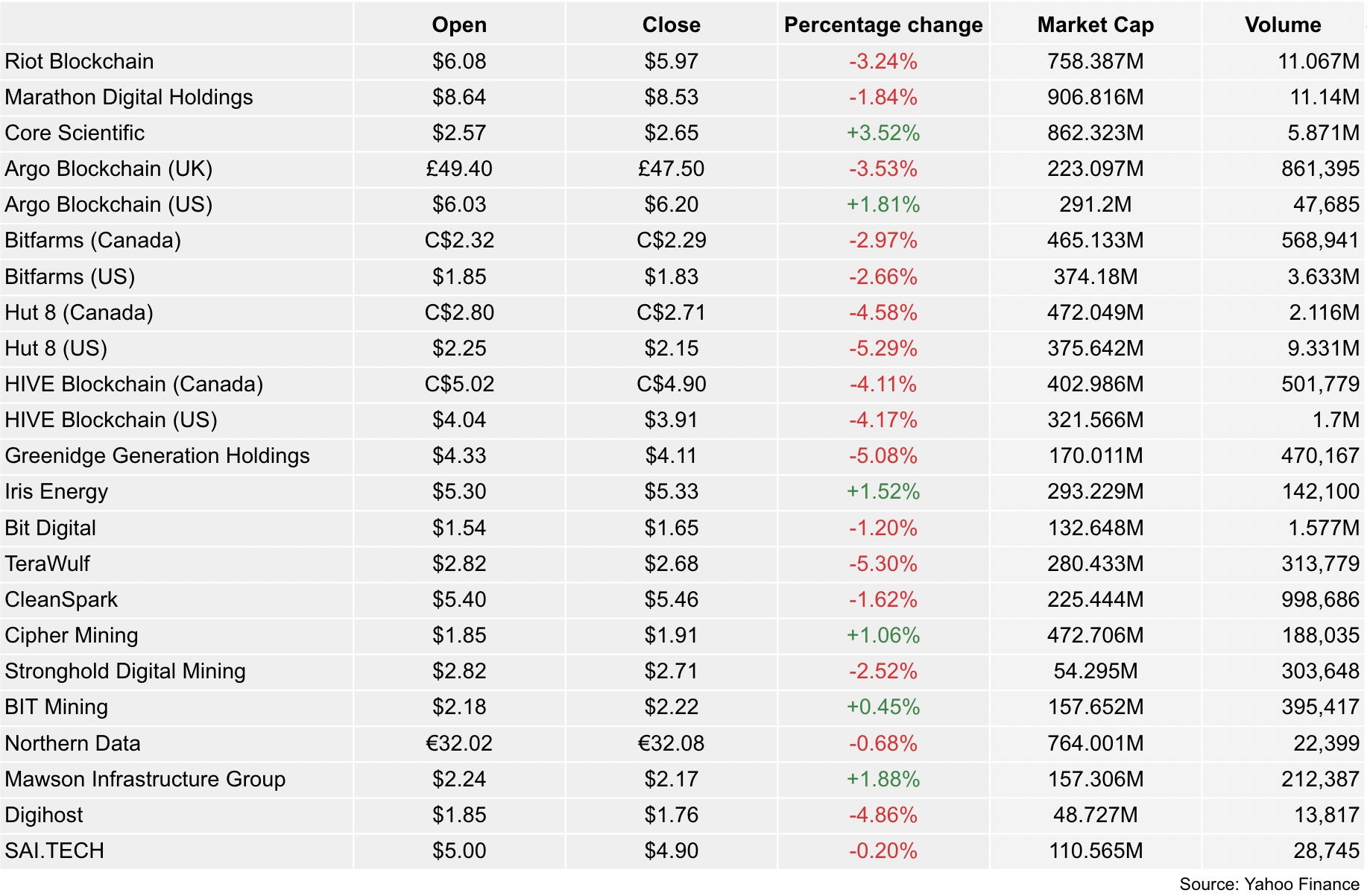Since they first emerged, stablecoins have faced a paradox.
At its heart, the stablecoin concept aims to bring centralized price stability to decentralized markets. Now, a group of researchers is proposing a new solution: using electricity as the backing asset.
In a peer-reviewed paper published in MIT’s Cryptoeconomic Systems , two materials scientists at Lawrence Livermore National Laboratory outline a system for converting electricity into a proposed crypto token — and then back again.
“We reveal how electricity can be used to collateralize a stablecoin such that each token can be exchanged for one kilowatt-hour (KWh) of electricity and vice versa, without any centralized authorities,” the paper’s abstract explains.
Current stablecoins depend on collateral that complicates exchange. Fiat-pegged stablecoins have faced scrutiny over their centralization, extending into doubts over whether token holders could ever redeem their stablecoins for the underlying assets. The biggest stablecoin by market cap, Tether, briefly slipped its peg last month.
Algorithmic stablecoins seek to decentralize, eliminating trust in a central stablecoin issuer. But last month, Terra collapsed in an extremely high-profile fashion, casting doubt over whether algorithms can securely hold value.
Inside the electricity coin
The paper’s proposal is to enable stablecoin holders to remain anonymous and convert their holdings into electricity, which is useful all around the world and, as the authors argue, has maintained a relatively stable price despite enormous efforts by “scientists, engineers, and entrepreneurs” to reduce costs over the past 50 years.
The actual mechanism for such redemption from data to electricity is something called a Szilard engine. It’s a device that leverages information to extract useful work from ambient heat.
As first author Maxwell Murialdo explained to The Block, Szilard engines already exist in lab applications but “scale is minimal, so they’re not practical for anything at the moment, they’re just research devices.”
Consequently, the paper is proposing a system that is impractical in the near term. However, it is a fairly revolutionary application of Szilard engines to crypto-systems, which would hypothetically link them with a fungible physical asset.
But while electricity may be stable given a stable economy, its prices vary wildly based on geography and access to fuel sources — a disparity that leads bitcoin miners to migrate in pursuit of the cheapest power. That disparity in electricity prices would in theory motivate early adopters of the proposed system.
“Arbitrage will at least initially be the driver of adoption,” said Muraldo. “But ultimately what we think will happen is this will help to drive electricity to a singular or at least close to singular price for the commodity.”
Lawrence Livermore National Laboratory is one of 17 national labs throughout the country. The lab operates largely based on a 20-year grant from the US Department of Energy and primarily does research for defense applications.
© 2022 The Block Crypto, Inc. All Rights Reserved. This article is provided for informational purposes only. It is not offered or intended to be used as legal, tax, investment, financial, or other advice.

